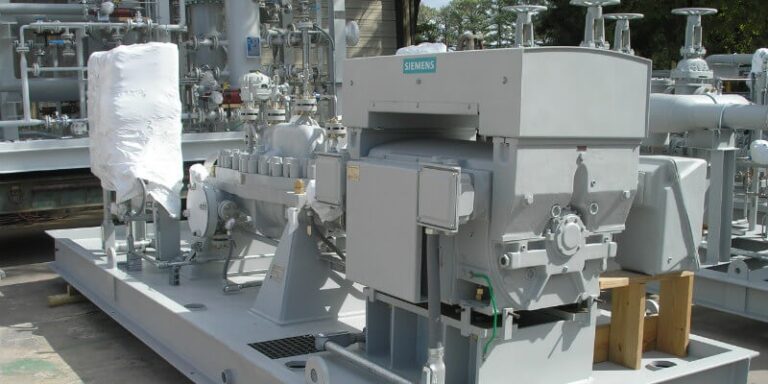
Emergency generators are crucial assets for providing backup power during times of electrical outages or emergencies. They are commonly used in hospitals, data centers, telecommunications facilities, and other critical infrastructure where uninterrupted power supply is essential.
However, these generators are typically powered by diesel or gas, emitting harmful gases such as nitrogen oxides (NOx), particulate matter (PM), sulfur oxides (SOx), and carbon monoxide (CO). The emissions from these generators can contribute to air pollution and negatively impact air quality and public health.
Nitrogen oxide, for example, is among the primary causes of ozone depletion. This toxic gas also contributes to acid rain and smog. Particulate matter, on the other hand, can pose health hazards, especially to high-risk populations such as children, seniors, and people with pre-existing respiratory or cardiovascular conditions.
To mitigate the potential environmental impact of emergency generator emissions, the New Jersey Department of Environmental Protection (NJDEP) requires operating facilities to obtain air permits. These permits specify operating limits and other requirements to minimize environmental footprint and protect air quality.
The NJDEP permit compliance typically involves an intricate process of evaluating the proposed generator’s emissions. Operators need to identify engine size, fuel type, and operating hours to identify the type of permit they need. All of these may require the expertise of an NJDEP permit consultant. With the help of professionals, facilities can submit detailed information about their generators and proposed operational plans to demonstrate compliance with air quality regulations.
New Jersey’s requirement for air permits for emergency generators reflects the state’s commitment to environmental protection and public health. By regulating emissions from these critical assets, the state aims to strike a balance between maintaining a reliable backup power supply and minimizing the environmental impact of emergency operations.
Read more about it by checking out this infographic from Lockatong Engineering.







